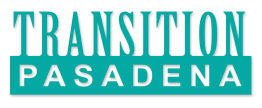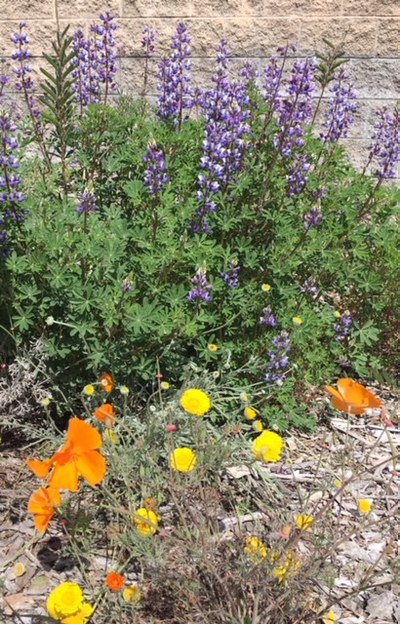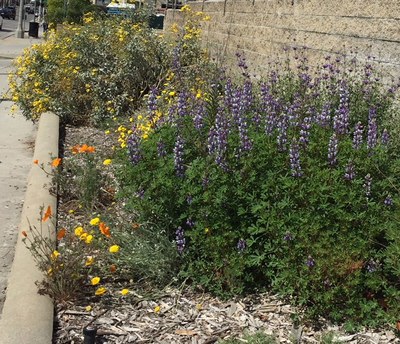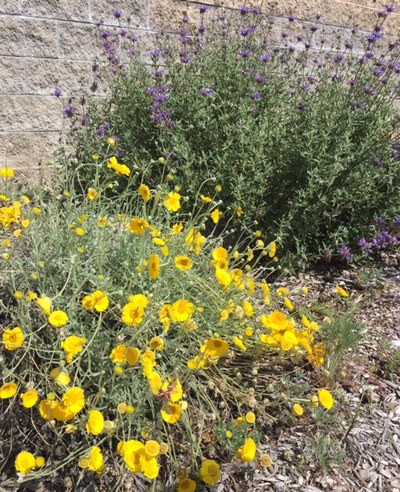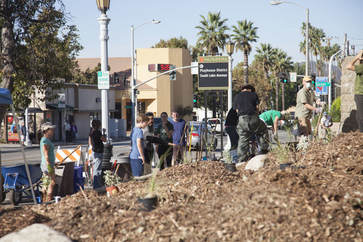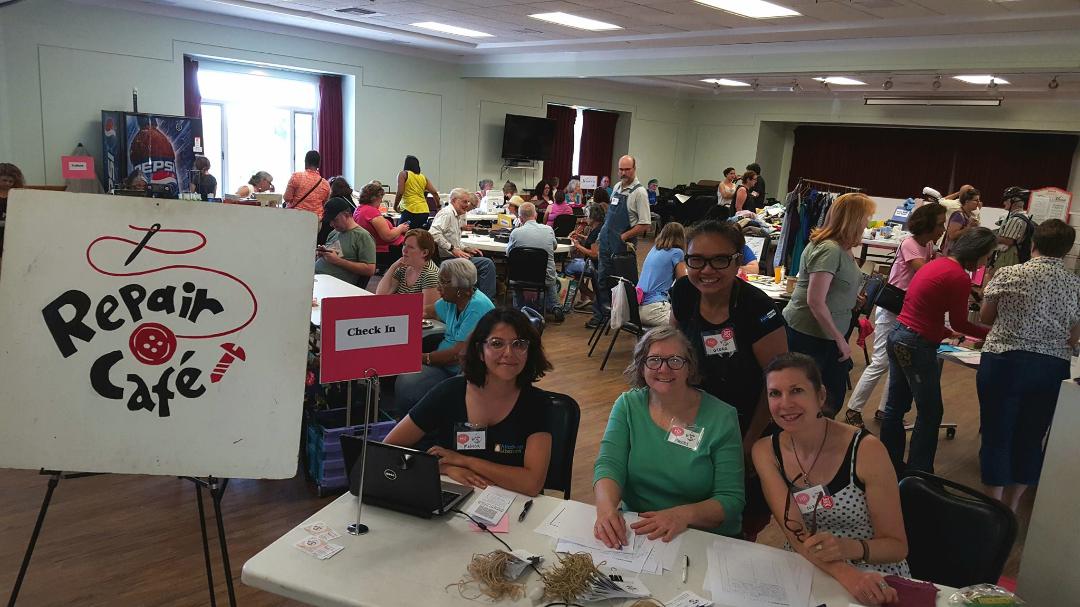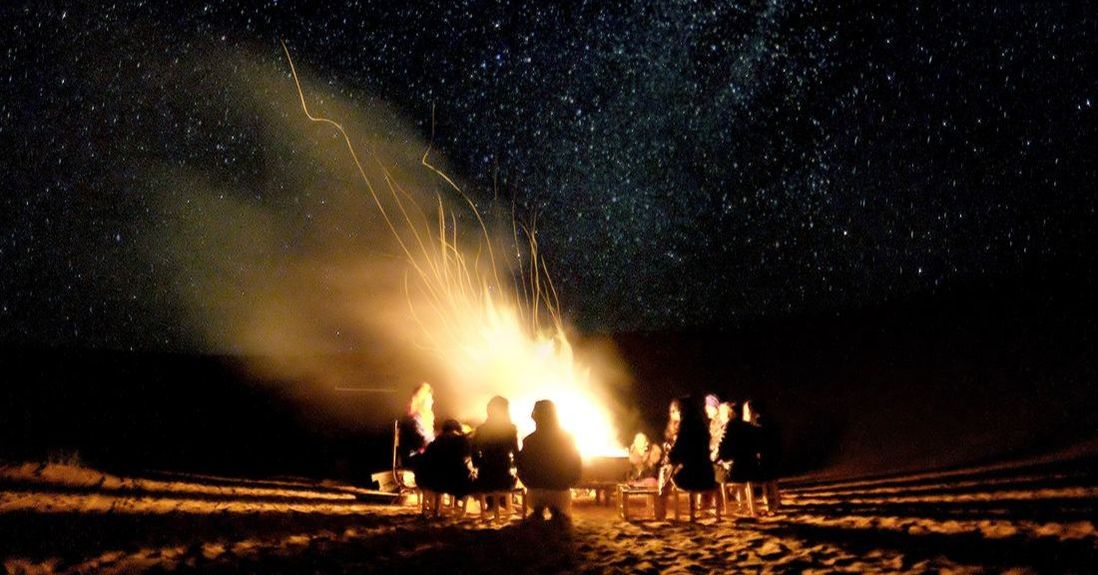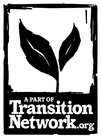 Photo by Geert Pieters on Unsplash
Photo by Geert Pieters on Unsplash So how can smart people find hope? Can one combine intelligence with hope and not betray one or the other. Is the only reasonable position of intellectuals and people steeped in Western tradition and history one of total hand-wringing, head-scratching despair? If there is hope, then how deeply do we have to reconstruct the premises of our worldview in order to legitimately believe in the human enterprise, ourselves and each other. Pretty deep is the answer.
Western civilization enshrines the law of thermodynamic entropy and other laws of physics as central to our technological society. Entropy basically says everything falls apart. Everything dissipates into less structure, less order. Everything is fleeting. From materialism we've learned to accept the idea that death is the yawning grave; you're compost. That's it.
Existentialism suggests that humans are free to direct their lives in any way they see fit. Ironically for most people, this concept results in existential despair. (If it's all up to me, then it's my fault that daily life is so screwed up.) A series of very "existential" presumptions have been built into Western civilization over the past 300 or 400 years with greater and greater ferocity.
So while the cultural trajectory has been toward more rationality, materialism, reductionistic control over nature and more, there are two interesting contradictions to this trajectory that are worthy of examination.
Our worldview has overlooked two fundamental facts about the nature of reality, and the absence of these two fundamental facts in our models of how the universe works is what has given us such a downward trajectory into factionalism, existential despair, a broken connection to nature and in some cases to each other. The recovery of these two things feeds a legitimate optimism. (I can only briefly describe the first one this month, and then I'll need to explain more about what it means in the next installment. Sorry about that.)
The first thing that science overlooked was the conservation of novelty. When I say science, I mean the entirety of Western values, not just science. Simply stated, that means over time the universe has become more complicated. New levels of complexity become the foundations for deeper levels of complexity. After the "Big Bang," it was too hot for atoms or molecules. Cooling lead first to atoms then later to molecules. Carbon-based molecules gave rise to organic molecules. Single-celled organisms, then multicellular organisms, plants, fungi and animals. Etc., ad infinitum.
Then human culture came along, and our technology increased in complexity so today we have a virtually connected global society with instant communication. I guess we could argue about the quality of that communication, but this obvious history didn't and doesn't behave according to the law of entropy. Stay tuned.
—David Cutter
